Showering Safely – Essential Tips and Insights
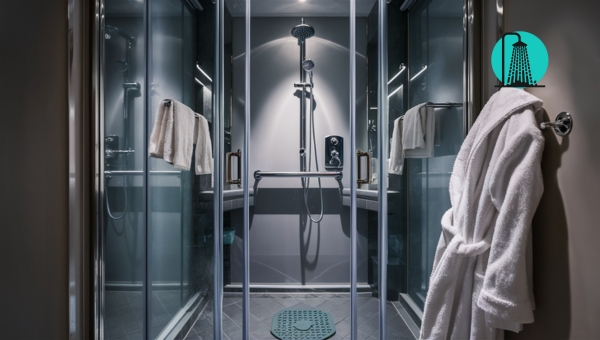

Imagine stepping into a shower, feeling the warm water cascade down, washing away the stress of the day. But have you ever paused to think about the possible hazards lurking in this seemingly safe haven? Showering safely is crucial, not just for comfort but for your well-being too. Slippery surfaces, scalding water, and unsuitable products can turn a relaxing shower into a risky venture.
This article unveils everything you need to know to keep your bathroom safe, especially for children and the elderly. We’ll explore practical tips, product choices, and how veterans can benefit from housing grants. Let’s dive in and ensure every shower is a safe and enjoyable experience.
The world of housing grants can be tricky, but for veterans, there are three main grants from the Department of Veterans Affairs that can make home adaptations more affordable. These grants specifically help veterans modify their homes to better suit their needs.
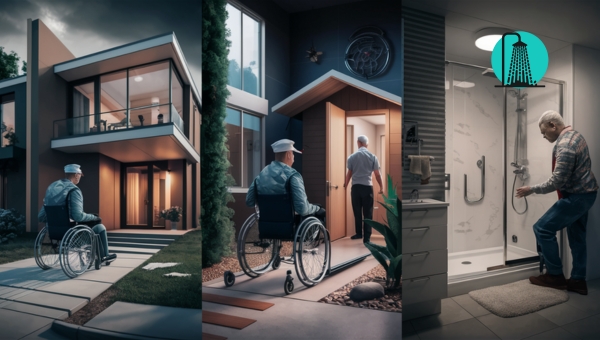
This grant assists veterans with severe service-connected disabilities. It provides financial aid to either remodel, build, or purchase a home that can accommodate disabilities.
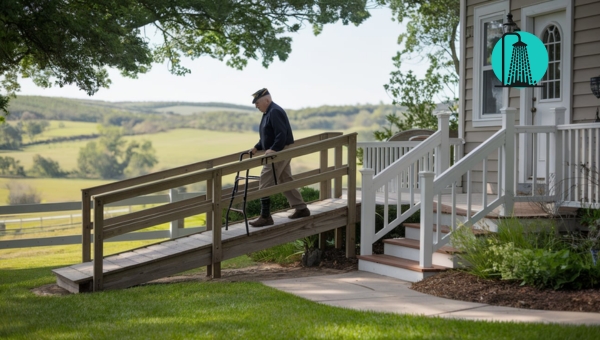
For instance, if a veteran has lost the use of their legs or is blind in both eyes, they may qualify for this grant. The SAH grant is crucial because it supports veterans in creating a living space that is both safe and accessible.
The SHA grant focuses on making existing homes more accessible. This could include adding ramps or modifying bathrooms to improve usability.
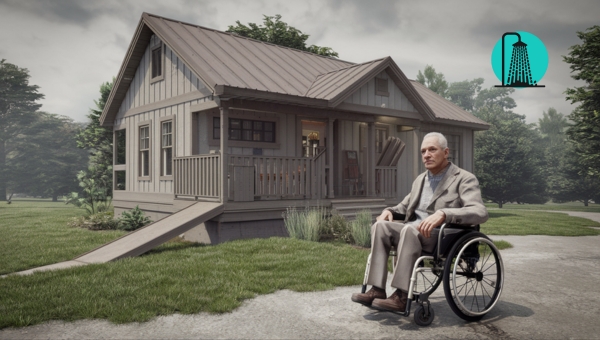
Veterans who have challenges such as the inability to use their hands or certain respiratory issues may find this grant beneficial. It’s designed to help veterans remain in their homes, ensuring they can live independently for as long as possible.
Unlike the other two, the HISA grant can be used for both service-related and non-service-related disabilities. This grant covers necessary improvements like installing walk-in, or roll-in, showers.
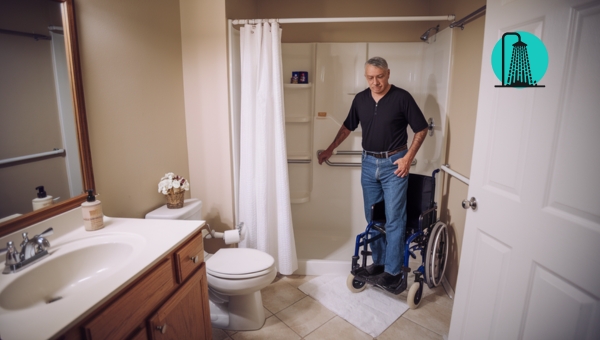
The funding amounts differ, with a cap of $6,800 for service-connected injuries and $2,000 for non-service-connected ones. The HISA grant is particularly helpful for veterans who need specific modifications to make their homes safer and more accommodating.
These grants are a testament to the support available for veterans, ensuring they can live comfortably and independently in their homes.
Also Read: 10 Standard-Sized Walk-In Showers Perfect for a Modern Bathroom
Showering safely is essential for everyone, but it becomes particularly important for children and the elderly due to their specific needs and vulnerabilities. Ensuring a safe environment for these groups can prevent accidents and make showering a pleasant experience.
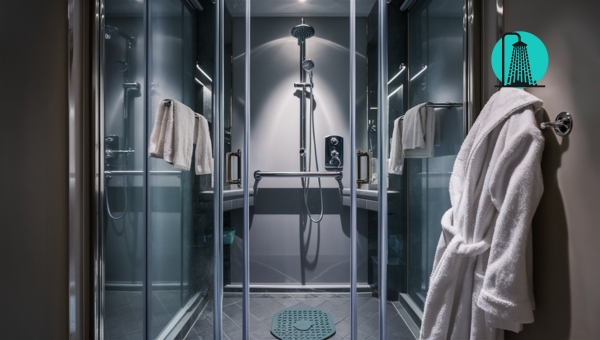
Let’s explore tips for supervising children and mobility aids for seniors to enhance their safety in the shower.
Children are often curious and energetic, which can sometimes lead to mishaps in the bathroom. Proper supervision is key to ensuring their safety while showering. Here are some helpful tips:
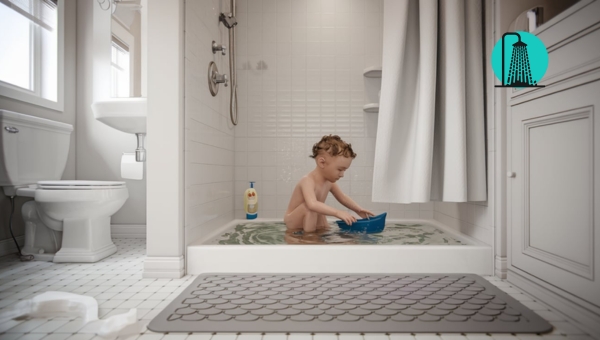
Supervising children involves being attentive and creating a safe environment. By following these tips, you can reduce risks and make shower time enjoyable and secure for your little ones.
Seniors may face challenges with balance and mobility, making showering a potential hazard. Mobility aids can significantly enhance their safety and independence. Consider the following:
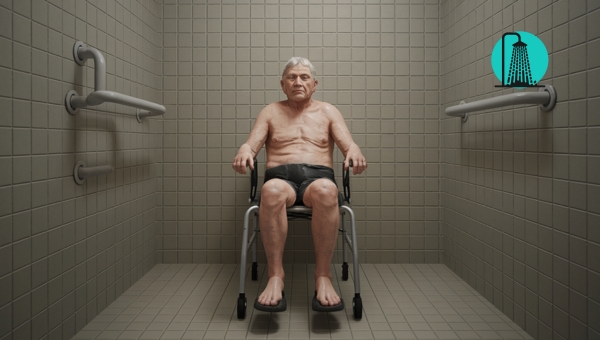
These aids are not only practical but also empowering, allowing seniors to maintain their dignity and self-reliance. By incorporating these tools, seniors can shower with confidence and reduce the risk of accidents.
Showering should be a relaxing daily ritual, but it’s important to be aware of potential hazards that can turn this routine into a risky affair. There are several common showering hazards that everyone should be mindful of to ensure a safe experience.
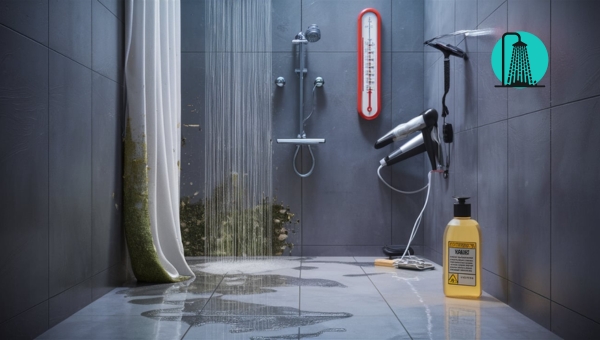
By being aware of these hazards, you can take steps to reduce risks and make your showering experience both safe and enjoyable.
Creating a safe showering environment is vital for everyone, regardless of age or ability. Slips and falls can happen quickly, but with a few thoughtful adjustments, you can significantly reduce the risks. Here are some practical tips to help you shower safely:
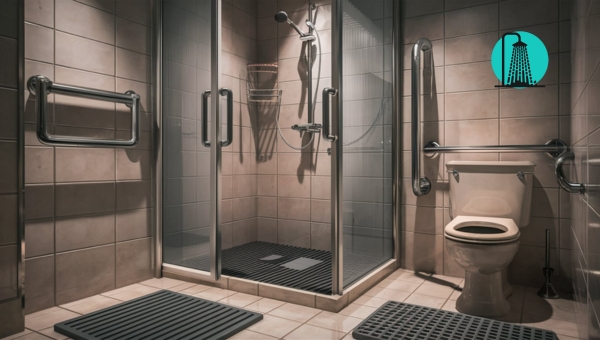
By taking these steps, you can make your showering experience both safe and comfortable. Proper planning and the right tools can create a secure environment, reducing the likelihood of accidents and injuries.
Selecting the right shower products is an important step toward showering safely. With so many options available, it can be overwhelming. Here are a few key points to guide you:
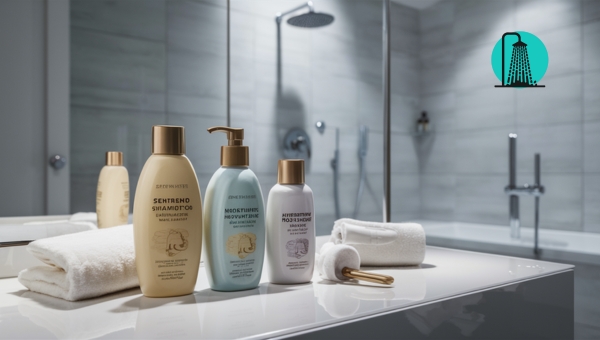
By considering these factors, you can create a safer and more enjoyable showering experience for yourself and your family.
Showering safely is essential for maintaining both physical safety and overall well-being, especially in environments where wet surfaces can pose risks. Taking proper precautions in the shower area can minimize accidents, protect vulnerable individuals, and promote a comfortable experience for everyone.
Here are some key reasons why shower safety is so important:
Showering safely is essential for everyone, regardless of age or ability. By being aware of the potential hazards and taking proactive steps to create a safer environment, you can significantly reduce the risk of accidents.
From choosing the right shower products to considering housing grants for veterans, there are various ways to enhance bathroom safety. If you found this information helpful, explore more insightful articles on our site to enhance your daily living safety and wellness!